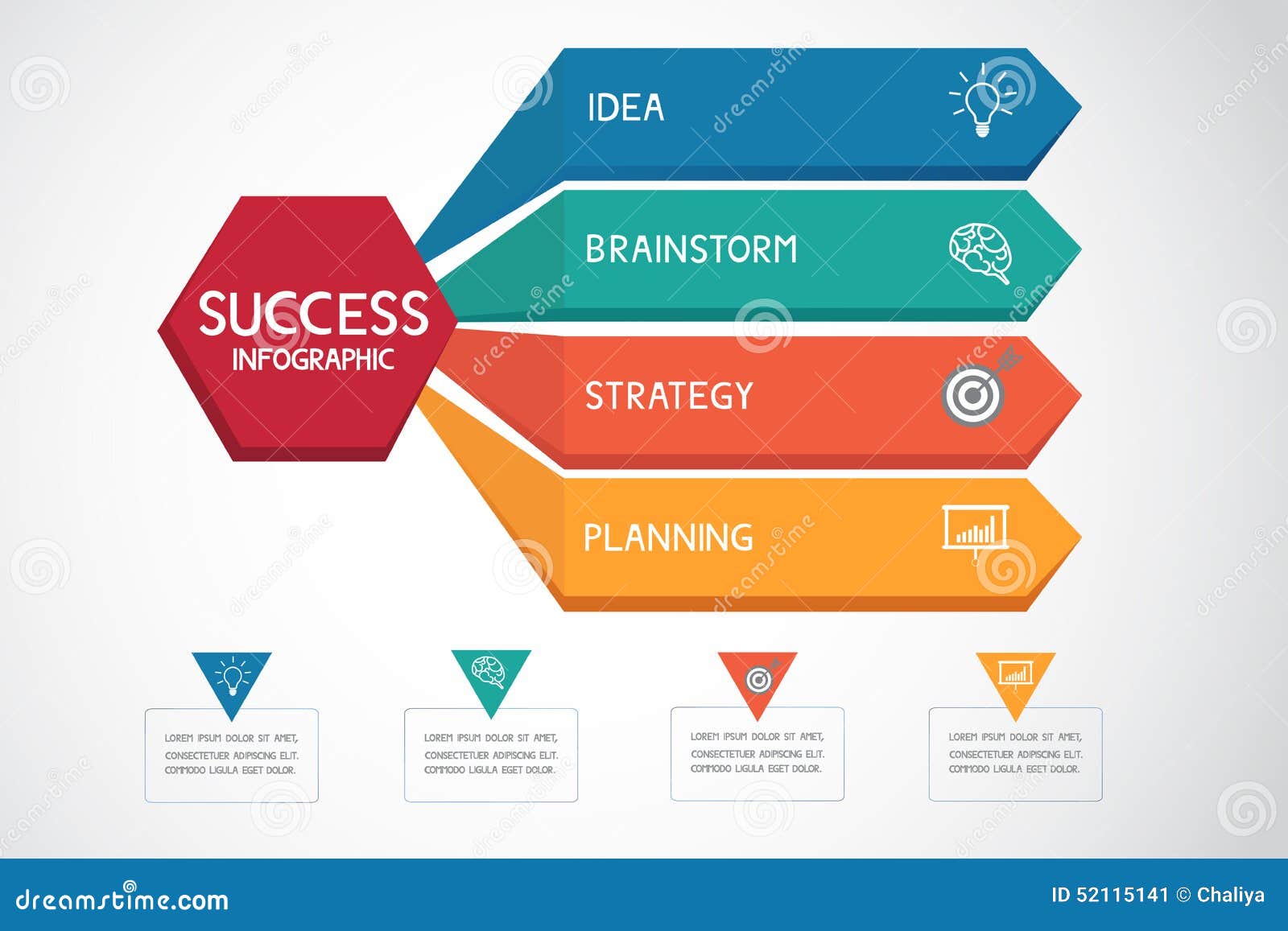The Makeover Of Online Platforms: A Journey Via Time
The Makeover Of Online Platforms: A Journey Via Time
Blog Article
Produced By- website redesign cost
In the past, internet sites were straightforward and focused on information. Navigating was direct, and design was for desktop computers. Currently, customer experience is crucial. Data guides layouts for very easy navigating. Receptive formats match different tools. Today, dark mode minimizes stress, and minimal menus improve navigating. Interactive features involve users, and vibrant visuals attract attention. AI assimilation improves engagement. See how design has evolved to enhance your on the internet trip.
Early Days of Website Design
In the very early days of web design, simplicity reigned supreme. Web sites were standard, with limited shades, typefaces, and layouts. The focus was on supplying details instead of flashy visuals. Customers accessed the net with slow dial-up connections, so speed and capability were key.
Navigation menus were straightforward, usually located at the top or side of the page. Internet sites were made for home computer, as mobile browsing wasn't yet widespread. Content was king, and developers focused on very easy readability over intricate design components.
HTML was the primary coding language made use of, and designers had to function within its restrictions. Computer animations and interactive features were marginal contrasted to today's requirements. Internet sites were static, with little vibrant web content or customized customer experiences.
Rise of User-Focused Layout
With the advancement of internet site style, a change in the direction of user-focused layout principles has become increasingly famous. Today, creating web sites that focus on user experience is critical for engaging visitors and achieving service goals. User-focused layout includes comprehending the demands, preferences, and actions of your target market to customize the internet site's layout, web content, and features appropriately.
Developers now conduct comprehensive study, such as individual studies and usability testing, to collect understandings and feedback directly from customers. This data-driven technique aids in creating user-friendly navigation, clear calls-to-action, and visually enticing interfaces that resonate with site visitors. By placing the individual at the center of the style process, websites can provide a more personalized and pleasurable experience.
Responsive layout has additionally emerged as an essential aspect of user-focused style, making sure that sites are enhanced for different tools and screen sizes. This versatility enhances access and use, dealing with the varied methods individuals interact with sites today. Basically, the increase of user-focused design signifies a change towards creating electronic experiences that prioritize the requirements and assumptions of completion individual.
Modern Trends in Website Design
Explore the most recent trends forming website design today. One popular pattern is dark setting design, using a smooth and contemporary look while decreasing eye stress in low-light environments. An additional key pattern is minimalist navigating, streamlining food selections and boosting customer experience by focusing on essential elements. Incorporating Read Far more -interactions, such as animated buttons or scrolling impacts, can produce a more interesting and interactive web site. Receptive layout stays important, guaranteeing seamless user experiences throughout different gadgets. Furthermore, utilizing strong typography and unbalanced formats can include aesthetic rate of interest and draw attention to certain web content.
Incorporating AI modern technology, like chatbots for client support or customized recommendations, enhances user interaction and streamlines procedures. Access has additionally become a significant fad, with developers prioritizing comprehensive style methods to accommodate diverse individual needs. Embracing sustainability by maximizing web site efficiency for speed and effectiveness is one more arising trend in website design. Working together with individual responses and data analytics to repeat and enhance design constantly is important for staying pertinent in the ever-evolving digital landscape. By welcoming these contemporary fads, you can create a visually enticing, straightforward internet site that reverberates with your audience.
Verdict
As you assess the evolution of website design from the very early days to currently, you can see just how user-focused style has actually become the driving force behind modern patterns.
Welcome the trip of modification and adaptation in web design, always keeping the customer experience at the forefront.
Stay current with the latest fads and innovations, and never ever quit evolving your technique to create aesthetically sensational and user-friendly web sites.
Advance, adapt, and produce - the future of web design remains in your hands.
